Fencing can be much more than a simple boundary around your property. In areas where wildlife interaction is typical, the right fence transforms into a critical line of defense, protecting your space and the natural inhabitants outside it.
Imagine a fence that enhances your property’s aesthetic and ensures a harmonious coexistence with the local fauna. This is not just a dream; with today’s innovative fencing solutions, it’s a tangible reality.
In this comprehensive guide, we delve into the world of wildlife-proof fencing, exploring options that range from traditional to cutting-edge, each offering unique benefits and considerations.
Understanding the Need for Wildlife-Proof Fencing

Image Source: Wikimedia Commons
Assessing the Risks: What Wildlife Are You Dealing With?
Before selecting a fence, it’s important to understand the types of wildlife in your area. Different animals pose different challenges and risks to properties. For instance, some species may attempt to jump over fences that are too high, which can lead to serious injuries. Research has shown that about 70% of wildlife deaths were due to fencing taller than 42 inches.
The Importance of Wildlife Fencing for Property Protection
Fences play a critical role in protecting property from wildlife. However, they must also be designed with local wildlife safety and movement patterns to prevent injuries and fatalities. This includes considering their migration routes and ensuring the fence does not hinder these natural movements.
Types of Wildlife-Proof Fencing
Traditional Fencing Options
Chain Link Fences
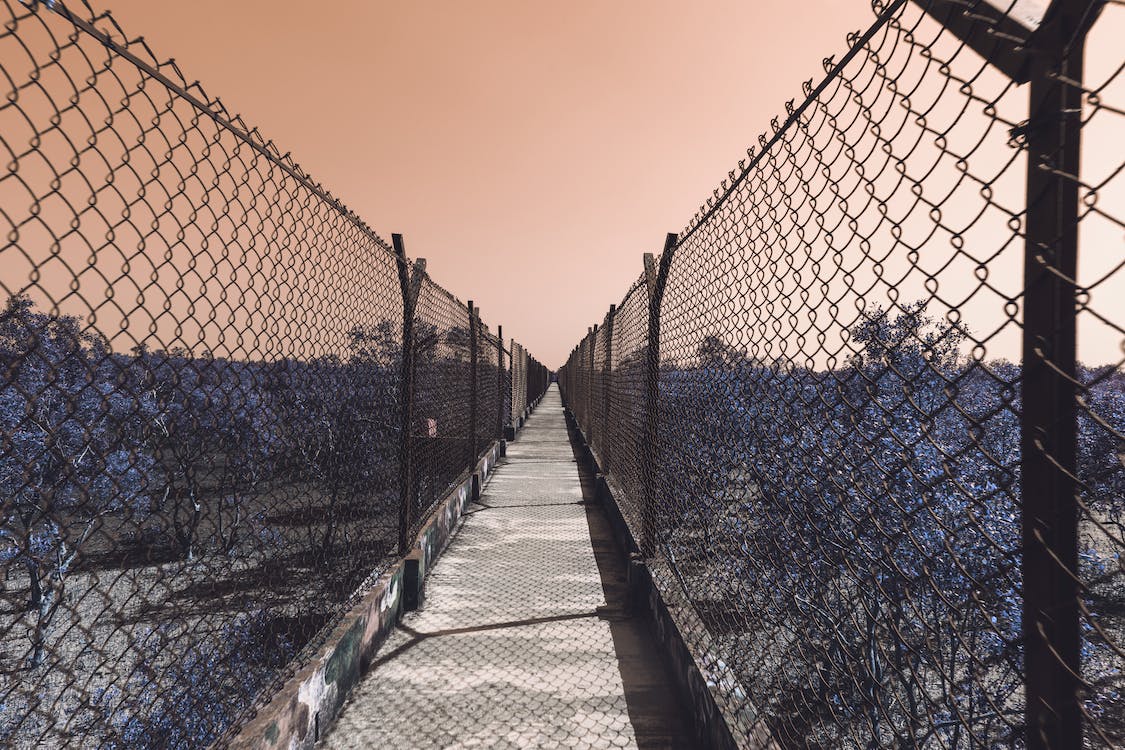
Image Source: Pexels
Chain link fences are widely used due to their durability and cost-effectiveness. Modifications such as increasing visibility are essential to make them wildlife-friendly. This can be achieved by attaching markers or flags, which help prevent animals from accidentally running into the fence.
Wooden Fences
Wooden fences offer good visibility and a natural look, blending well with the environment. They can be designed with gaps to allow smaller wildlife to pass through while keeping larger animals out. The height and spacing of wooden slats can be adjusted based on the types of wildlife in the area.
Electric Fencing Solutions
Permanent Electric Fences
Permanent electric fences are effective for deterring larger wildlife. However, their installation and maintenance require careful consideration to avoid harming animals. These fences should be marked and positioned to prevent accidental contact with wildlife.
Portable Electric Fences
Portable electric fences are suitable for temporary needs or areas where requirements may change. They offer flexibility and can be a good choice for seasonal wildlife patterns or temporary enclosures.
Innovative Fencing Materials
Composite Materials
Composite materials combine the benefits of wood and plastic, offering durability and reduced maintenance. They can be designed for high visibility and withstand various weather conditions, making them a long-lasting solution for wildlife fencing.
Recycled Plastic Fences
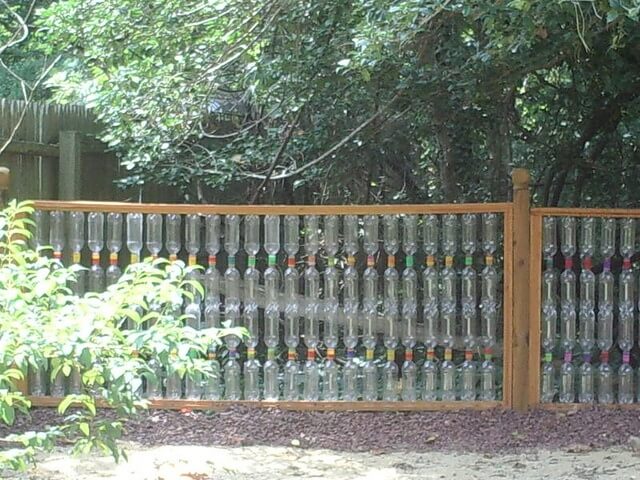
Image source: Pinterest
Recycled plastic fences are an environmentally friendly option. They are durable, require minimal maintenance, and can be manufactured to enhance visibility for wildlife. These fences are particularly suitable in areas where conservation and sustainability are priorities.
Factors to Consider When Choosing Wildlife Fencing
Durability and Strength
The durability and strength of fencing materials are pivotal in ensuring that the fence serves its purpose effectively over a long period. The choice of material greatly influences not only the fence’s capacity to withstand daily wear and tear but also its ability to endure extreme weather conditions, such as heavy rain, snow, wind, and extreme temperatures.
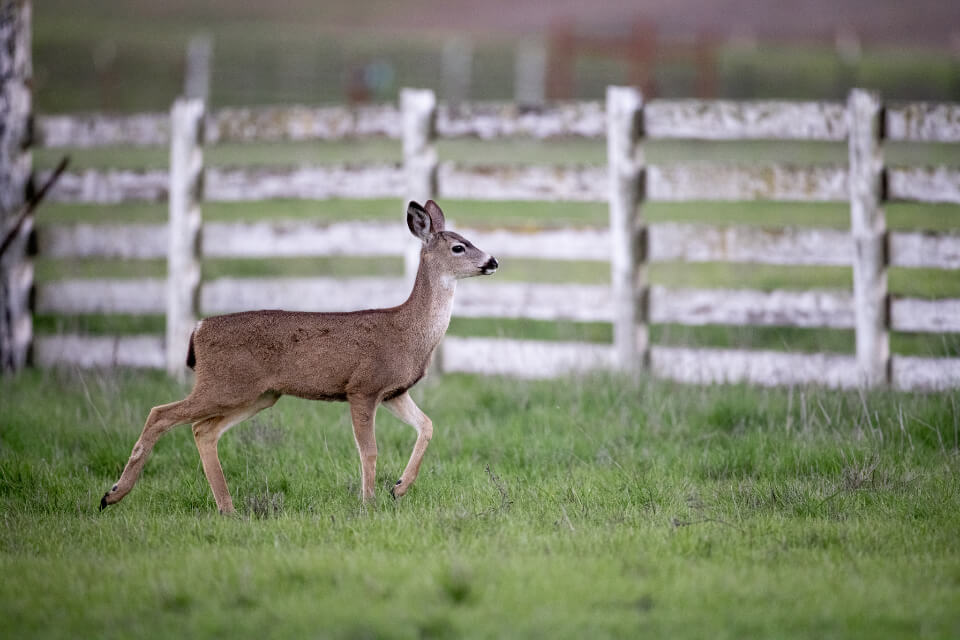
Image source: StockSnap
For instance, materials like heavy-duty metal, treated wood, or high-quality composite can resist rot, rust, and other forms of degradation. In contrast, cheaper materials may seem economical initially but can increase costs in the long run.
These costs come in the form of more frequent repairs, replacements, and potentially lower effectiveness in keeping wildlife out or in as intended. The key is to balance initial investment and long-term value, considering the environment where the fence will be installed and the types of wildlife it’s meant to manage.
Maintenance Requirements
Regular maintenance is crucial for preserving the integrity and functionality of the fence. Different materials and designs come with varying levels of maintenance needs. For example, a wooden fence may require treatments to protect against rot or termites, while metal fences might need regular inspections to prevent rust and structural weaknesses.
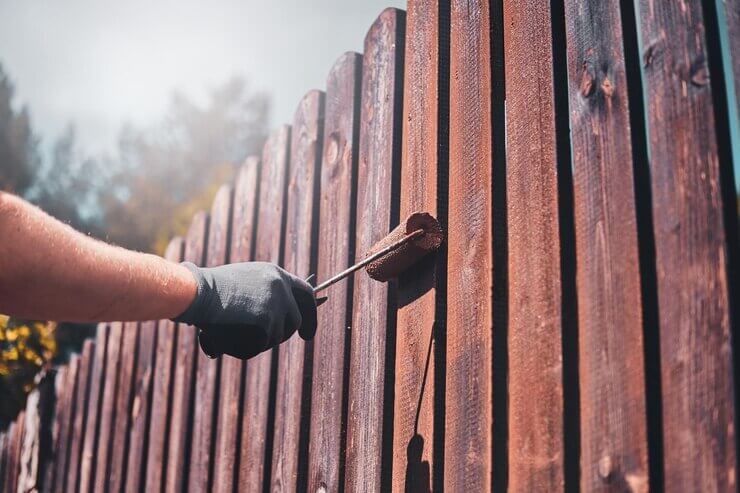
Image Source: Freepik
Maintenance needs can be even more demanding in areas with harsh weather conditions or dense vegetation. Overlooking these requirements can lead to premature fence failure, potentially causing safety hazards for wildlife and humans. Therefore, selecting materials and designs that are easier to maintain in the given environmental conditions can greatly reduce long-term costs and labor.
Aesthetic Considerations
The visual impact of a fence is an important factor, especially in areas where the natural landscape is a key feature. The fence should blend with or complement its surroundings rather than stand out in an intrusive or unattractive way. This is not just a matter of personal preference but can also be important for local wildlife, as some species may be more deterred by or afraid of certain structures.
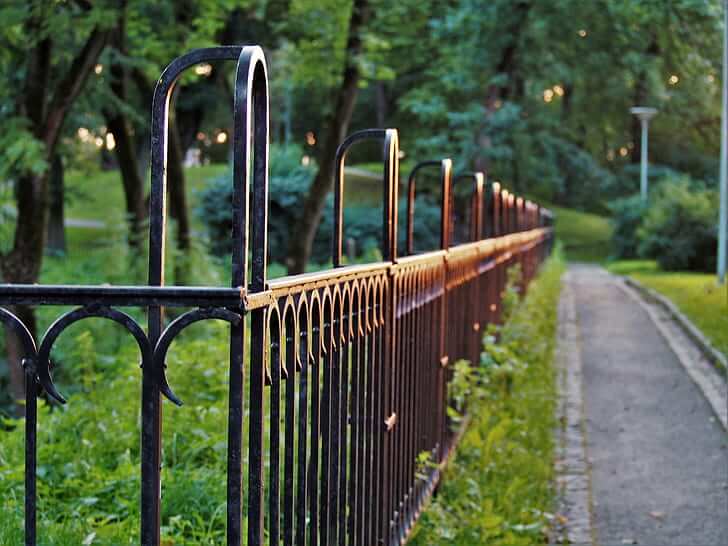
Image Source: PickPik
Customization options, such as color, texture, and design, allow property owners to match the fence with their property’s aesthetic and the local environment. In some cases, a more natural look, like a wooden or living fence, can be more appealing and less intrusive, whereas in other situations, a modern and sleek design might be preferred. The goal is to find a solution that effectively manages wildlife interactions while respecting and enhancing the beauty of the natural environment.
Installation Tips for Effective Wildlife Fencing
DIY vs. Professional Installation
The decision between DIY and professional installation of wildlife fencing largely depends on the complexity of the fencing project and the individual’s skill set. While DIY can be cost-effective for those with the necessary tools and experience, it’s essential to consider the intricacies involved in wildlife fencing.

For more complex projects, or where precision and expertise are critical, professional installation by a company like Law Fence becomes invaluable. Their team of experts can ensure that the fencing is installed correctly, safely, and in a manner that maximizes its effectiveness for wildlife management.
Essential Installation Tips
- Determine the Appropriate Height and Spacing: Ensure the fence height is optimal for deterring and protecting wildlife without causing harm. A height of approximately 42 inches is often recommended to prevent injuries from wildlife attempting to jump over the fence.
- Enhance Visibility: Make the fence visible to wildlife to avoid accidental collisions. This can be achieved by adding markers, high-visibility elements, or reflective tapes, which help animals see and thus avoid the fence.
- Incorporate Access Points for Wildlife: Design the fence with gates or specific features that allow safe passage for certain wildlife species, especially in areas known as migration corridors. This step is crucial to maintain natural wildlife movement patterns and prevent trapping animals within enclosed areas.
By following these structured steps, you can ensure that your wildlife-proof fencing is installed effectively, balancing the need for property protection with the well-being of local wildlife.
Additional Wildlife Deterrent Strategies
Natural Deterrents and Repellents
Alongside fencing, using natural deterrents can further protect your property without harming
Wildlife.

Combining Fencing with Other Wildlife Control Measures
Integrating fencing with other wildlife management strategies can provide a more comprehensive solution to wildlife interactions.
Conclusion
When considering wildlife-proof fencing, it’s crucial to balance property protection with environmental responsibility. Selecting suitable fencing material and design, understanding the local wildlife, and choosing between DIY or professional installation is key. Property owners can safeguard their property by integrating fencing with other wildlife management strategies while coexisting harmoniously with nature.
If you’re looking to implement effective and environmentally responsible wildlife-proof fencing, consider partnering with Law Fence. Our expertise ensures that your fencing meets your needs and respects local wildlife. Contact Law Fence today to secure a fence that protects and preserves — a wise investment for your property and the environment.




